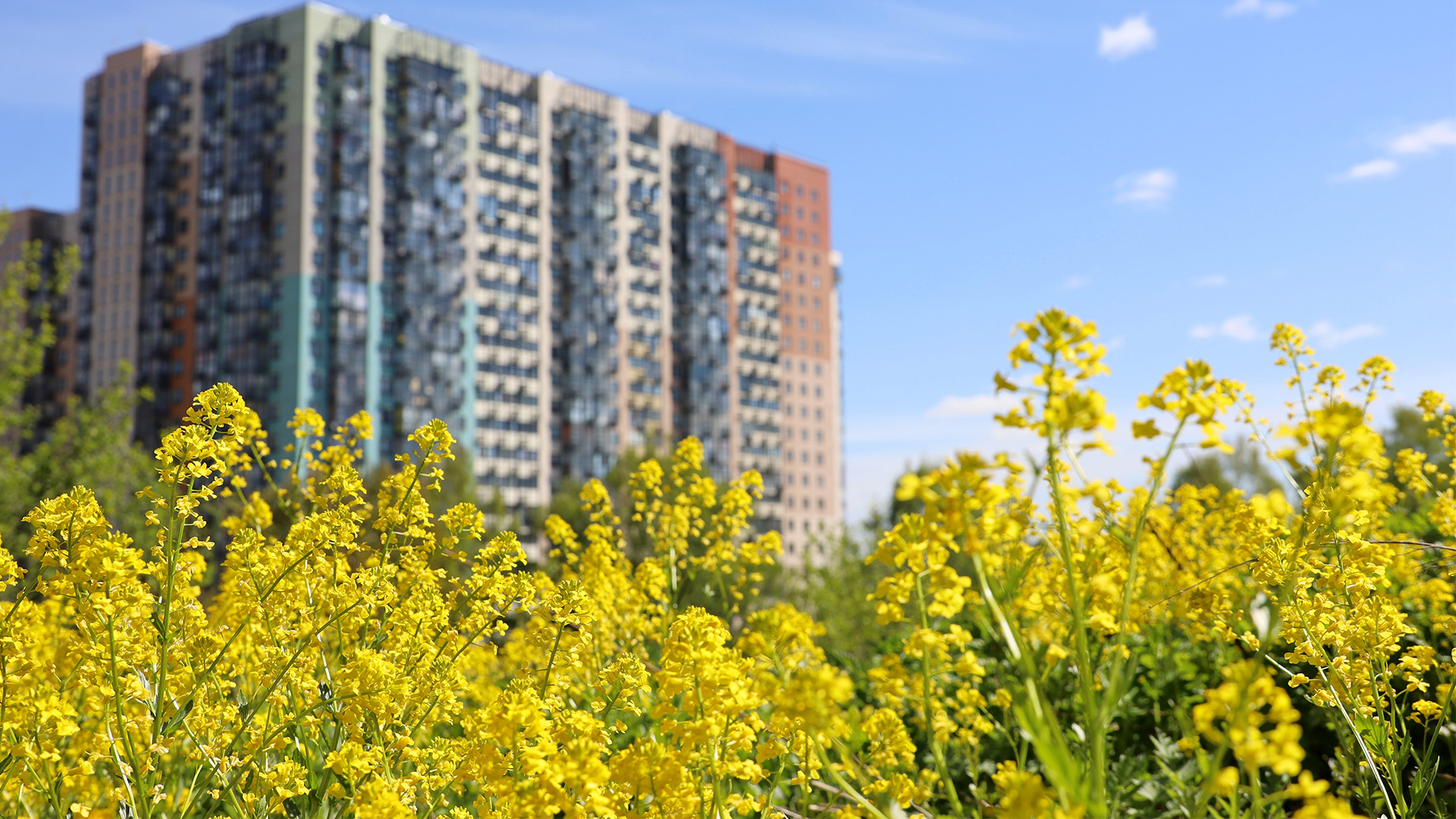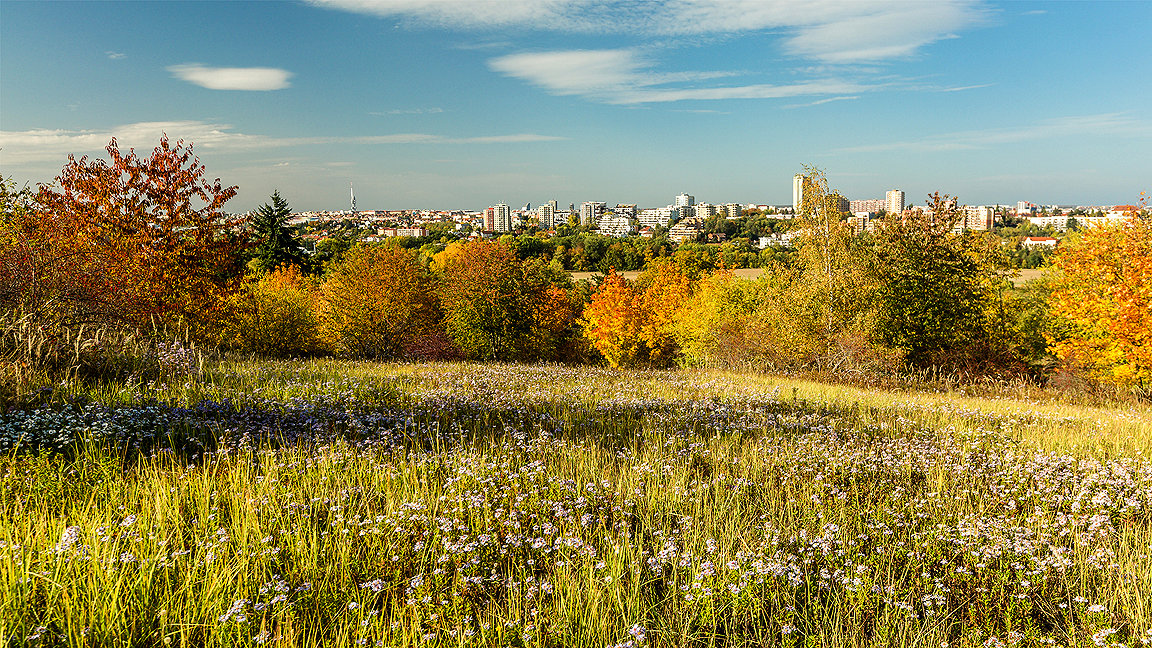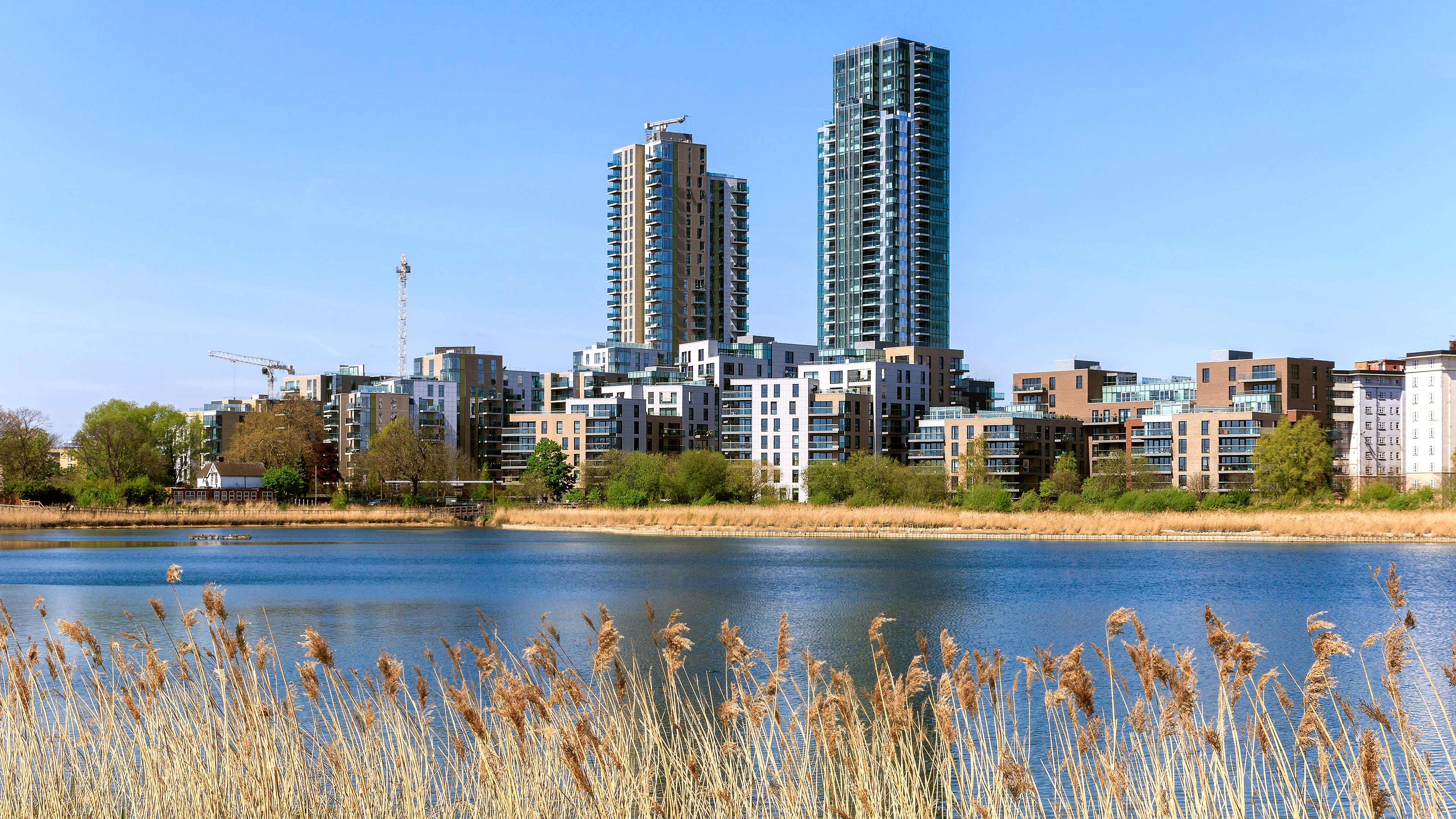From January 2024, the protection and improvement of biodiversity on development sites becomes enshrined in law.
Biodiversity net gain heralds a major shift for the built environment in England, with developers mandated to improve the biodiversity on their sites by a minimum of 10%, as well as fully mitigating the biodiversity impact of the development.
Modus spoke to Sean Rooney and Lloyd Collins, principal planners at Environment Bank, on the options available to meet these new requirements, how the legislation is pro-development and what the industry needs to be doing as the new year approaches.
Modus: What impact will biodiversity net gain (BNG) have on the construction industry?
Sean and Lloyd: We know much more about the role diverse habitats play in climate resilience and the need to protect our ecosystems. BNG is designed to ensure that new development projects have a positive impact on local biodiversity and the wider environment.
It is about creating and enhancing green spaces that are measurably beneficial for nature, to ensure we're properly mitigating the impact of development. That's a big shift in what many developers are used to, but it isn’t new. The national planning policy framework already requires planning policies and decisions to provide net gains for biodiversity, and many local planning authorities already require 10 or even 20% gains. So thankfully this isn’t a complete shock to the system. If anything, it is rationalising and streamlining something that has previously been very patchy, which made it difficult for developers to budget for or to predict.
We see this as a pro-development piece of legislation, as well as enabling nature-positive development.
Developers will need to consider costing BNG early on and establishing what it will mean in terms of the viability of their development. It’s important to note that all biodiversity gains, whether it's within a development site or off-site through a habitat bank scheme, need to be managed for at least 30 years and this also needs to be factored into any plans. These should be bound within a Section 106 agreement or a conservation covenant to ensure that they are appropriately managed, and the biodiversity gains continue for 30 years.
This is a big change for developers. BNG is about creating designated spaces for habitats to develop so that they can be actively protected, maintained, and monitored for years to come."
To meet the new BNG requirements, built environment companies may need to train their teams. It will demand an increase in green infrastructure, and potentially adjustments to working styles to build around both the seasons and the optimum timings for habitat creation. This may mean closer collaboration and partnerships with ecologists from the outset.
This policy also stops developers needing to fight over local parcels of land for BNG, which might not be ideal for good biodiversity outcomes. It gives developers more options for addressing BNG, in a way that suits their scheme, the local area, and their appetite for ongoing risk and liability.
What are the different BNG options for developers?
Development will inevitably lead to damage and some loss to biodiversity. Developers must mitigate this loss by creating new habitats that provide a minimum of 10% net gain to that site’s biodiversity. Under BNG, developers can meet these requirements by setting aside specific land on their site for habitat creation.
However, in some cases this may not be enough, and they will need to find off-site habitats or biodiversity units to meet BNG requirements. As a ‘last resort’ there are credits that developers can buy from Natural England, with the prices set by the Department for Environment, Food and Rural Affairs (Defra), but these are priced prohibitively to encourage good BNG practice and the habitat bank market to grow.
“All biodiversity gains need to be managed for at least 30 years” Sean Rooney and Lloyd Collins, Environment Bank

There’s been a two-year preparatory period, which has been extended to January 2024 and April 2024 for smaller sites – what are the key things that developers should be doing in preparation?
Developers should be ensuring their baseline assessments and metrics are still up-to-date. Baseline assessments collect data on pre-development habitats detailing composition and condition. We advise developers to complete these before the purchase of any land so they can understand the biodiversity on the site and factor in the cost of meeting the net gain requirement. They should also be reviewing their designs to see if BNG can be provided on-site and potentially looking at what other options are available, including off-site providers.
Developers will need to submit biodiversity gain plans for approval from January onwards – what will these need to include?
A biodiversity gain plan sets out how the 10% minimum BNG will be achieved and will be required as a pre-commencement planning condition. It will set out the environmental impact of the development and work out the potential lost habitat in biodiversity units, calculated using a specific metric from Natural England.
Potential land for off-site BNG does not need to be identified until the biodiversity gain plan is approved. At the application stage, developers will be expected to submit a BNG statement that sets out the proposed on-site/off-site mix, for example.
For developers looking for off-site BNG, how do your biodiversity units work?
Since the Environment Act 2021 passed, Environment Bank has been creating a national network of habitat banks to generate local, high-integrity biodiversity units needed for BNG planning requirements. We are well on our way to establishing a habitat bank in every local planning authority area to provide local access to our biodiversity units. This ensures that the social and environmental benefits of BNG remain close to where the development is happening and minimises the need for cross-boundary selling or statutory credits.
Our Habitat Banks not only fulfil BNG legislation, but by working alongside local planning authorities they are also supporting local nature recovery strategies and sustainable house building. They also contribute to economic growth, job creation, and the cultivation of thousands of acres of diverse green spaces for communities to enjoy.
We will provide expert BNG support to all parties throughout the planning process to ensure the delivery of robust and reliable habitats that will satisfy the stringent planning requirements. Crucially, all management responsibilities will remain with us throughout – this means that our biodiversity units offer a clean break for developers with all long-term liability sitting with us. We will carefully manage the site for the full 30-year term to ensure it continually generates the required biodiversity gains.
We secure our Habitat Banks through leasehold or freehold interests in land. Working alongside local farmers and land managers, our ecologists are responsible for all habitat creation, enhancement, and capital works.
“Developers must create new habitats that provide a minimum of 10% net gain to that site’s biodiversity” Sean Rooney and Lloyd Collins, Environment Bank
Are there any working examples yet?
Yes, our Habitat Bank network is expanding at a rapid pace. Currently, we have more than 6,500 acres of habitat creation underway nationwide and we're looking to secure more land to align with demand from developers in need of units.
What do you see happening in the future with BNG?
As we gather extensive data on the substantial biodiversity uplifts that can be generated off-site, we expect to see a shift in policy over time to reflect this. At the very least, we expect the delivery of off-site and on-site gains to rank equally. We may also see the statutory minimum of 10% gradually rise over time, but only once policymakers have the confidence that the system has bedded in safely.
Global Sustainability Conference
Shaping a sustainable future: The built and natural environment’s journey
5 December | 12:00 - 22:00 GST | Online
7.5 Hours Formal CPD
Join us for a day dedicated to exploring cutting-edge trends and innovations in sustainability across built and natural environments. Hear from global experts who will share valuable insights on the impact of these developments worldwide. Engage in transformative discussions and practical sessions designed to inspire progress and make a meaningful impact on global sustainability.
Don’t miss out - secure your spot now




